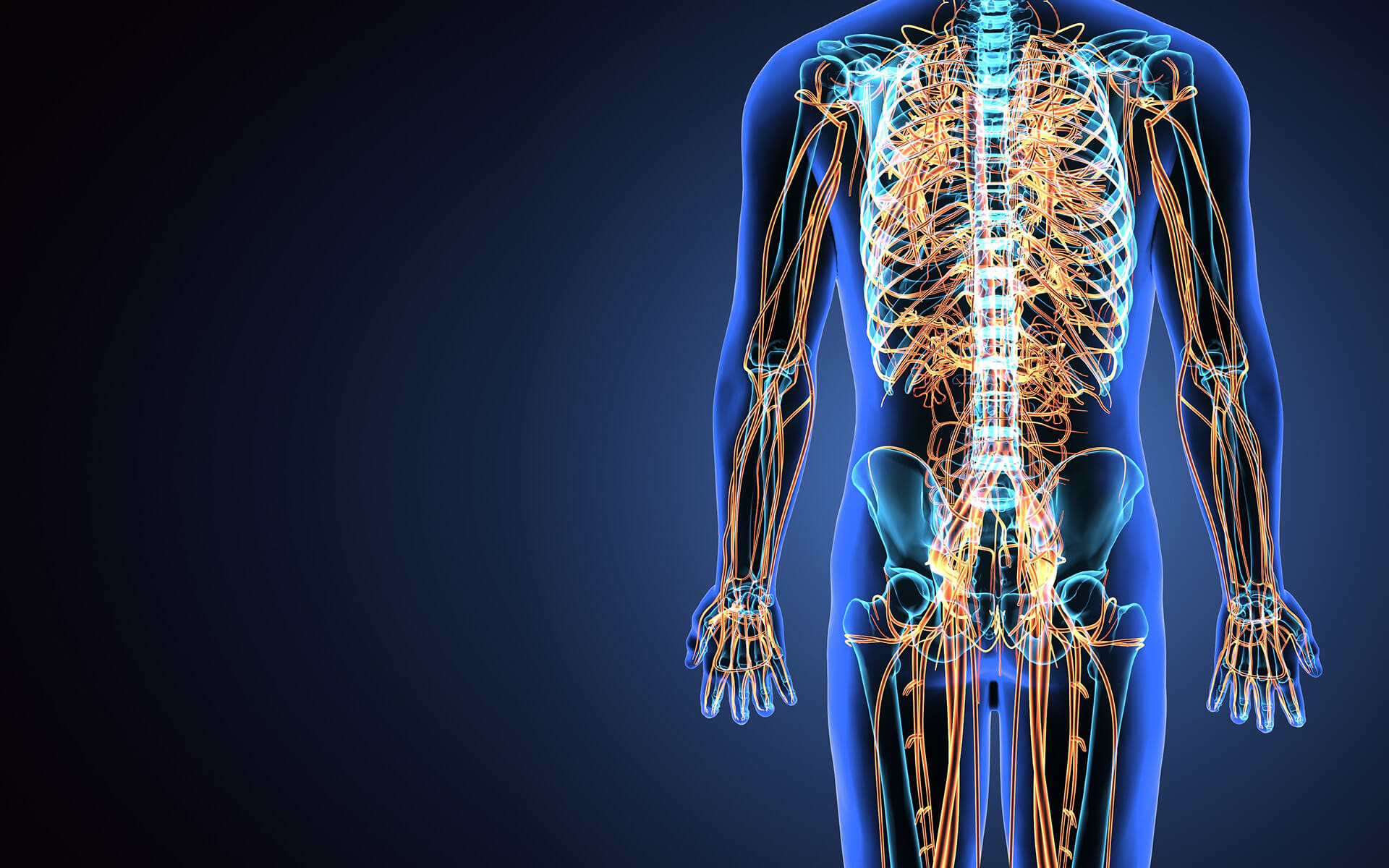Lower extremity reconstruction is performed to repair or rebuild structures in the lower extremities, such as the legs, ankles, and feet. Lower extremity reconstruction may involve procedures such as bone grafting, tissue transfer, or the use of prosthetic devices to improve mobility, reduce pain, and correct deformities. This type of surgery may be recommended for individuals who have experienced trauma, congenital defects, or other conditions that have caused damage or deformities in the lower extremities, including:
- Lower limb salvage: reconstructive surgery to salvage a limb’s function and appearance during or after an amputation.
- Lower limb paralysis: the inability to move a lower limb due to a spinal cord injury, stroke, or other traumatic injury.
- Foot drop: trouble lifting a foot or walking caused by a nerve injury or disorder, or a traumatic injury.
- Plantar fasciitis: inflammation of a ligament that can cause pain in the heel and bottom of the foot.
- Phantom limb pain: painful sensations in an amputated lower limb.
- Tarsal tunnel syndrome: compression of the posterior tibial nerve, causing pain in the ankle.
- Vascular anomalies: abnormal growth of blood vessels (arteries, veins, capillaries) that lead to unsightly marks.





